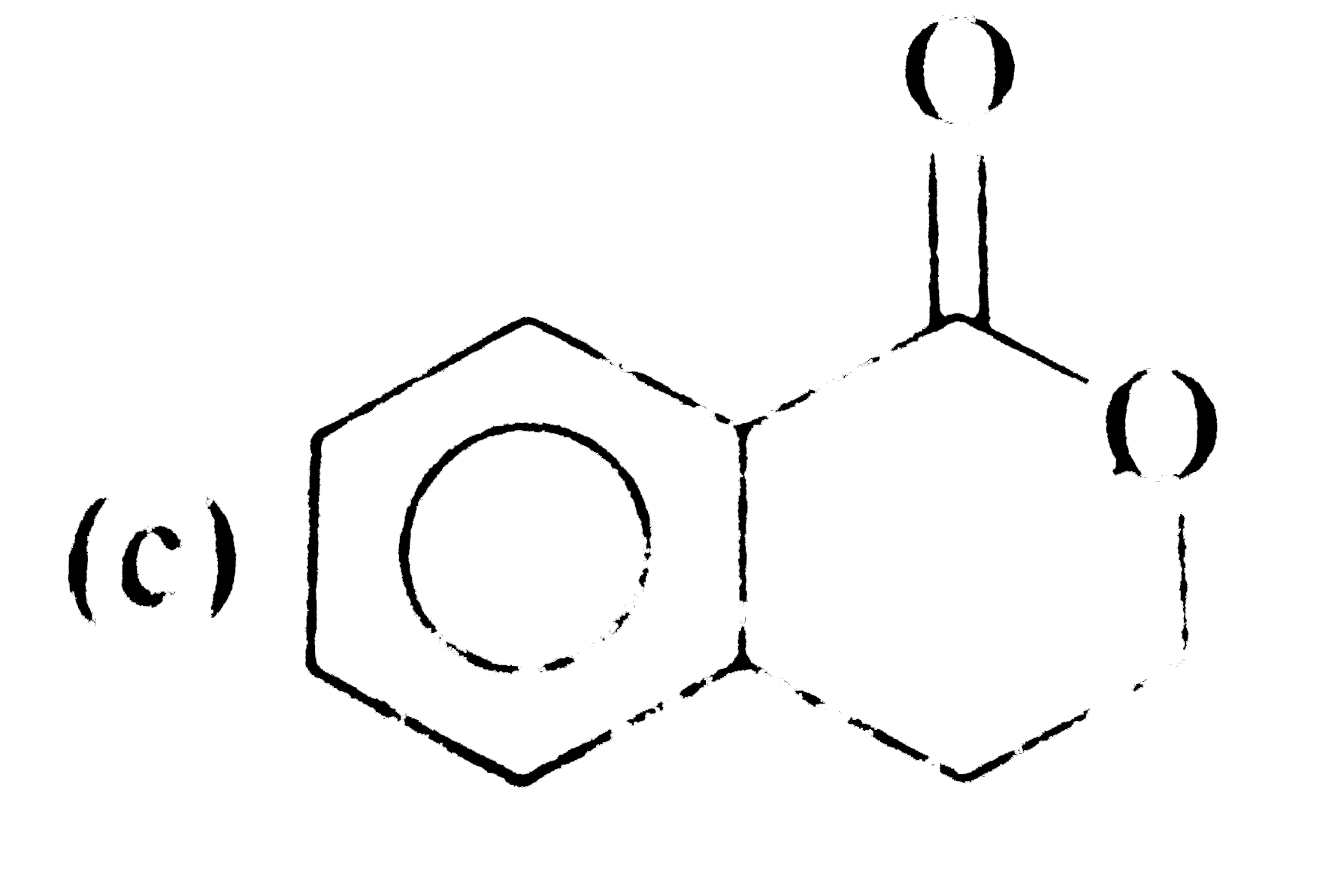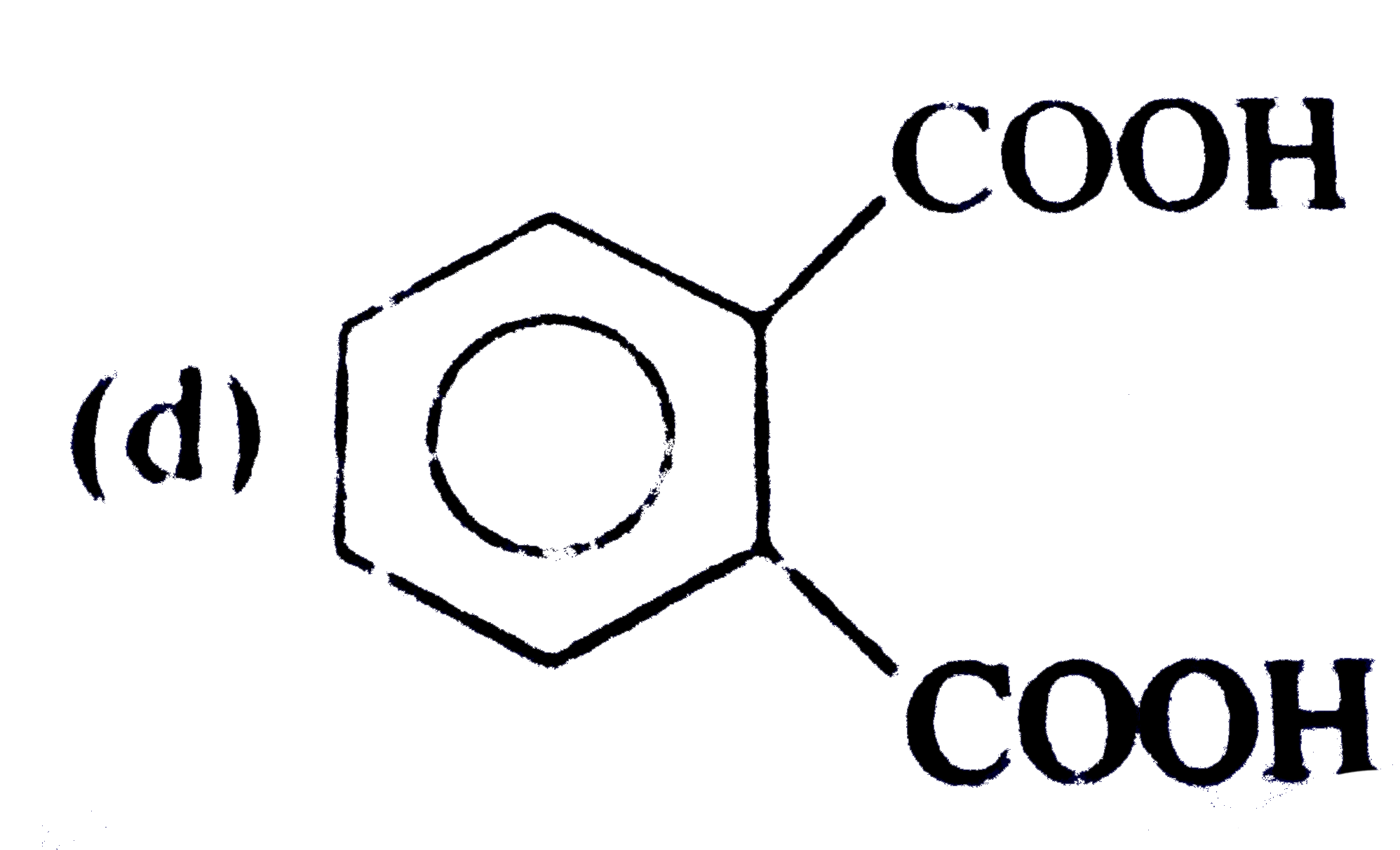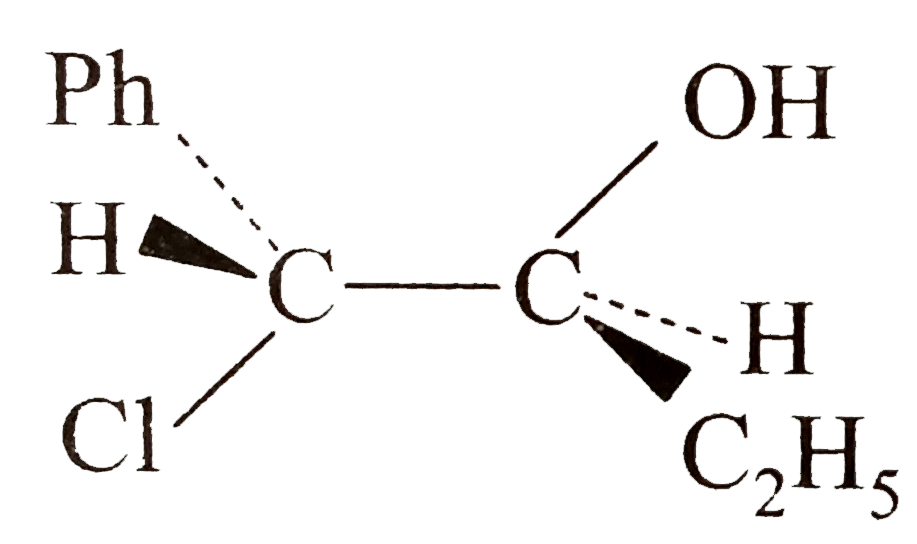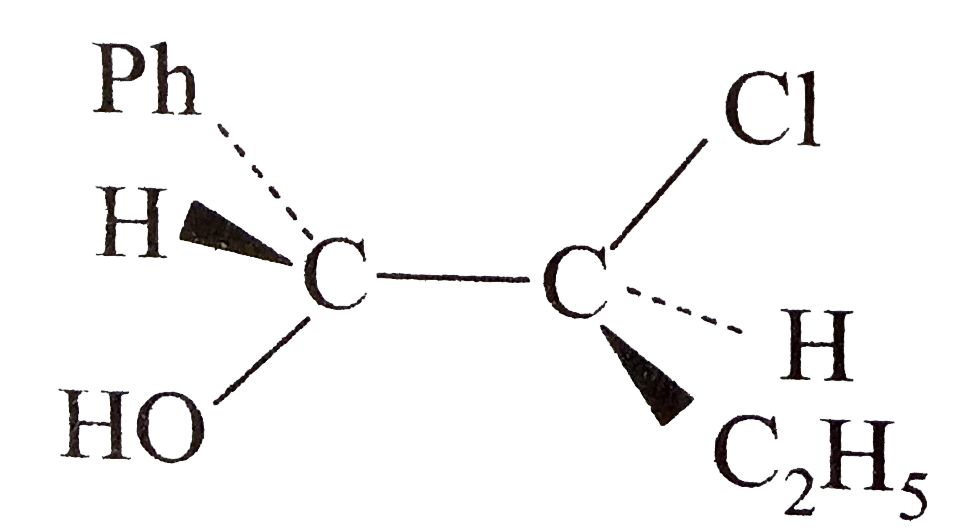In which of the following reaction, the major product alkane is formed by E1cb mechanism?
CH3−CH2−CH2−CH2−Bralc.KOH−−−−−→Δ
CH3−CH2−C∣BrH−CH3alc.KOH−−−−−→Δ
CH3−CH2−C∣FH−CH3alc.KOH−−−−−→Δ
CH3Falc.KOH−−−−−→Δ
The correct Answer is:3
To determine which reaction forms the major product alkane via the E1cb mechanism, we need to understand the mechanism itself and the conditions under which it occurs.
1. Understanding E1cb Mechanism:
- E1cb stands for Elimination Unimolecular Conjugate Base. In this mechanism, the rate of reaction depends on the formation of a conjugate base, which is the intermediate species. The elimination process occurs in two steps: first, the formation of the conjugate base, followed by the elimination step.
2. Identify the Reactants:
- The reaction typically involves an alkyl halide (R-X) and a strong base (like alcoholic KOH). The alkyl halide must have a β-hydrogen for the elimination to occur.
3. Formation of the Conjugate Base:
- The strong base abstracts a β-hydrogen, leading to the formation of a carbanion (the conjugate base). This step is crucial as it determines whether the E1cb mechanism can proceed.
4. Elimination Step:
- Once the conjugate base is formed, the elimination step occurs where the leaving group (X) departs, resulting in the formation of a double bond (alkene). If the conditions are right, this can lead to the formation of an alkane as the final product.
5. Consider the Substituents:
- The stability of the intermediate carbanion and the final alkene product is influenced by the substituents on the β-carbon. More substituted alkenes are generally more stable due to hyperconjugation and the inductive effect.
6. Identify the Major Product:
- The major product will be the more substituted alkene, following Zaitsev's rule, which states that the more substituted alkene is favored in elimination reactions.
7. Conclusion:
- After analyzing the reactions, the one that fits the criteria for the E1cb mechanism and yields the major product alkane is the one where a stable conjugate base can form, and the elimination leads to a more substituted alkene.
- E1cb stands for Elimination Unimolecular Conjugate Base. In this mechanism, the rate of reaction depends on the formation of a conjugate base, which is the intermediate species. The elimination process occurs in two steps: first, the formation of the conjugate base, followed by the elimination step.
- The reaction typically involves an alkyl halide (R-X) and a strong base (like alcoholic KOH). The alkyl halide must have a β-hydrogen for the elimination to occur.
- The strong base abstracts a β-hydrogen, leading to the formation of a carbanion (the conjugate base). This step is crucial as it determines whether the E1cb mechanism can proceed.
- Once the conjugate base is formed, the elimination step occurs where the leaving group (X) departs, resulting in the formation of a double bond (alkene). If the conditions are right, this can lead to the formation of an alkane as the final product.
- The stability of the intermediate carbanion and the final alkene product is influenced by the substituents on the β-carbon. More substituted alkenes are generally more stable due to hyperconjugation and the inductive effect.
- The major product will be the more substituted alkene, following Zaitsev's rule, which states that the more substituted alkene is favored in elimination reactions.
- After analyzing the reactions, the one that fits the criteria for the E1cb mechanism and yields the major product alkane is the one where a stable conjugate base can form, and the elimination leads to a more substituted alkene.
Topper's Solved these Questions
- HYDROCARBONSBOOK - AAKASH INSTITUTECHAPTER - HYDROCARBONSEXERCISE - Assignment(Section - A) (Obejctive type question)
55 Videos
- HYDROCARBONSBOOK - AAKASH INSTITUTECHAPTER - HYDROCARBONSEXERCISE - Assignment(Section - B) (Obejctive type question)
13 Videos
- HYDROCARBONSBOOK - AAKASH INSTITUTECHAPTER - HYDROCARBONSEXERCISE - TRY YOURSELF
78 Videos
- HALOALKANES AND HALOARENES BOOK - AAKASH INSTITUTECHAPTER - HALOALKANES AND HALOARENES EXERCISE - ASSIGNMENT SECTION -D
15 Videos
- HYDROGENBOOK - AAKASH INSTITUTECHAPTER - HYDROGENEXERCISE - ASSIGNMENT (SECTION - D) (Assertion-Reason Type question)
15 Videos
Similar Questions
Knowledge Check
In the following reaction the major product formed is :
 A
A B
B C
C D
D
In which fo the following reactions is the correct major product formed?
A B
B C
C D
D
In the reaction

the major product formed isA B
B C
C D
D
In the reaction

The major product formed is:
View Solution
In this reaction the major products formed are
View SolutionConsider the following reaction

The major products formed in the reaction are
View SolutionWhich of the following reaction does not form ether as major product ?
View SolutionWhich of the following reactions will give result as alkane as major product ?
View Solution


